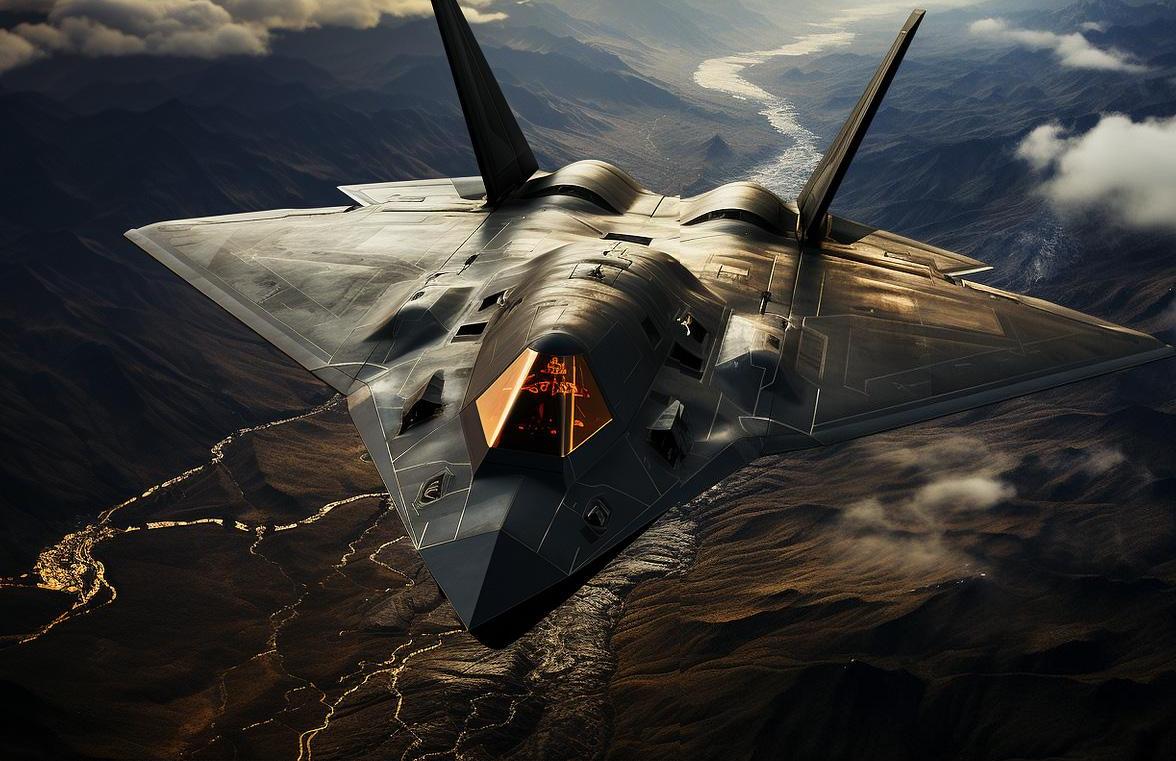
Most fighter jets used by air forces worldwide are 4th —and 4.5th-generation aircraft. More than 1,500 fifth-generation fighters are already in service, and many fifth-generation aircraft programs are upgrading to adopt sixth-generation technologies.
Sixth-generation technologies are cutting-edge and still evolving. Therefore, they are expensive. They use fifth and sixth-generation communications, the Internet of Things (IoT), and a system-of-system approach with extensive data sharing between platforms. A close look at the efforts for a sixth-generation fighter aircraft being made internationally.
Many countries require fewer aircraft and cannot afford to fund the programs, so consortiums are being formed. The F-35 program was an example earlier. Some countries want to boost their defence industry and do not want to remain dependent on American programmes.
The Global Combat Air Program (GCAP) is one example, where companies from Italy, Japan, and the UK have tied up. As India still struggles with its 5th generation Advanced Medium Combat Aircraft (AMCA), some experts are urging New Delhi to consider joining the GCAP.
After the advent of the jet age, the aviation community started classifying jet fighters by “generations.” There are no official definitions, but the “generation” represents stages in the development of fighter design, performance capabilities, and technological evolution. It is important to understand what the 5th and 6th generation technologies are.
What Is A Fifth Generation Fighter?
The Fifth Generation was ushered by the Lockheed Martin/Boeing F-22 Raptor in late 2005. These fighter jets are designed to operate in a network-centric combat environment. These warplanes feature extremely low, all-aspect, multi-spectral signatures employing advanced materials and shaping techniques.
Esta historia es de la edición June 2024 de Geopolitics.
Comience su prueba gratuita de Magzter GOLD de 7 días para acceder a miles de historias premium seleccionadas y a más de 9,000 revistas y periódicos.
Ya eres suscriptor ? Conectar
Esta historia es de la edición June 2024 de Geopolitics.
Comience su prueba gratuita de Magzter GOLD de 7 días para acceder a miles de historias premium seleccionadas y a más de 9,000 revistas y periódicos.
Ya eres suscriptor? Conectar

THE NEW WAVE OF MARINE LANDING CRAFT.
BAE Systems' new Littoral Strike Craft combines advanced stealth, comfort, and modularity to redefine modern amphibious mission capabilities.

PROVEN AIP FOR S80 SUBMARINES
The BEST AIP system is capable of operating at any depth and in all operational conditions, allowing it to adapt to any Navy mission and making it the most advanced AIP system on the market.

SHAPING THE FUTURE OF AI SECURE, SCALABLE, AND INNOVATIVE
Tardid leverages modular AI designs, robust cybersecurity, and adaptability to deliver secure and scalable solutions, integrating emerging technologies and refining strategies through realworld deployments, shares AASTHA VERMA, Chief Operating Officer, Tardid Technologies, with Geopolitics

TOT-AN IMPERATIVE FOR SUBMARINE MANUFACTURING
India's transition from offset strategies to fostering self-reliance through technology transfer (TOT) and local assembly highlights the significance of global collaborations like thyssenkrupp Marine Systems in shaping a robust, indigenised defence ecosystem, a perspective shared by KHALIL RAHMAN, CEO, thyssenkrupp Marine Systems India.

ENHANCING INDIAN NAVAL AVIATION
JYOTI SINGH reports how a powerful Indian naval air arm will prove to be the biggest seabased conventional level deterrence, both for the tactical and strategic battlefields

PROJECT-751-30 YEARS ON
India's ambitious Project-751, aimed at procuring six advanced submarines, remains stalled nearly three decades after its inception.

WINGS OVER THE OCEAN
Indian Naval Aviation is dramatically upgrading its combat potency with its latest inductions, writes Atul Chandra

HOW INDIA IS RESHAPING REGIONAL DETERRENCE, MARITIME DOMINANCE
In the theatre of modern geopolitics, control over the seas is synonymous with strategic dominance. With its vast coastline and critical position in the Indo-Pacific, India has always recognised the importance of maritime strength, outlines GIRISH LINGANNA

BUILDERS NAVY
The Indian Navy's modernisation efforts are picking up steam, with domestic shipyards running at full capacity, reports MIKE RAJKUMAR

THE NAVY'S NEED FOR SUBMARINES
While aircraft carriers have their place, submarines provide India with a more flexible, cost-effective, and survivable option for projecting power and maintaining deterrence in a complex and evolving strategic environment, argues AMIT GUPTA